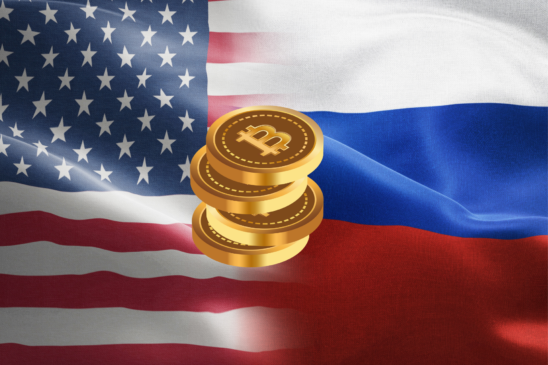In a bold move to reduce its reliance on the U.S. dollar and circumvent the impact of Western sanctions, Russia is set to launch two state-backed cryptocurrency exchanges in Moscow and St. Petersburg. This strategic initiative aims to integrate digital currencies into Russia’s trade settlement processes and promote the use of local currencies like the Russian ruble and Chinese yuan over the U.S. dollar.
Introduction of a Yuan-Pegged Stablecoin
To further strengthen its position within the BRICS alliance, Russia is also introducing a new stablecoin pegged directly to the Chinese yuan. By maintaining a 1:1 ratio with the yuan, this stablecoin is designed to eliminate price volatility and offer a secure means for conducting transactions without the risk of fluctuating currency values. This innovation is poised to significantly undermine the dominance of the U.S. dollar in international trade, as it will allow Russia and its partners to bypass the dollar entirely.
Reasons why they are launching State-Backed Crypto Exchanges and Stablecoins
The move comes as Russia faces increasing challenges in paying overseas suppliers and receiving payments for exported goods due to the tighter embargo imposed by the United States in June. The expansion of U.S. sanctions against foreign banks operating in Russia has exacerbated these payment difficulties for local companies dealing with international sanctions. To alleviate these challenges, Russia has recently passed legislation to legalize cryptocurrency mining and create a framework for testing digital tokens in cross-border payments, all under the supervision of the Central Bank. President Vladimir Putin signed these bills into law on August 8, clearing the way for the upcoming trials.
Upcoming Trials and Potential Impact
The trials, scheduled to begin on September 1, will focus on swapping between rubles and cryptocurrencies, offering a potential lifeline to companies struggling with cross-border payments. The National Payment Card System (NPCS), established in 2014 and known for operating the Mir cards and instant interbank payment systems, has been selected by the central bank to manage these tests due to its existing infrastructure and regulatory framework. If successful, the trials could pave the way for the Moscow Exchange and the St. Petersburg Currency Exchange to launch official cryptocurrency platforms as early as next year. Any existing digital asset will be eligible for use in the tests, which could significantly broaden Russia’s scope of electronic financial transactions.
If successful, the trials could pave the way for the Moscow Exchange and the St. Petersburg Currency Exchange to launch official cryptocurrency platforms as early as next year. Any existing digital asset will be eligible for use in the tests, which could significantly broaden Russia’s scope of electronic financial transactions.
Shifting Global Financial Dynamics
The introduction of a yuan-linked stablecoin could diminish the U.S. dollar’s role in international trade and increase the prominence of the yuan. This aligns with China’s goal of positioning the yuan as a global currency, with Russia playing a key role in this shift.
What Does This Mean for the Future of Global Finance?
As Russia and other BRICS nations continue to challenge the U.S. dollar’s dominance, we could be witnessing the dawn of a new era in international trade and finance. Could this move inspire other countries to explore digital currencies and shift away from the traditional financial systems? How will the global market react to a potential decrease in the dollar’s influence? Stay tuned as the world watches these developments unfold, which could reshape the future of global economics.



